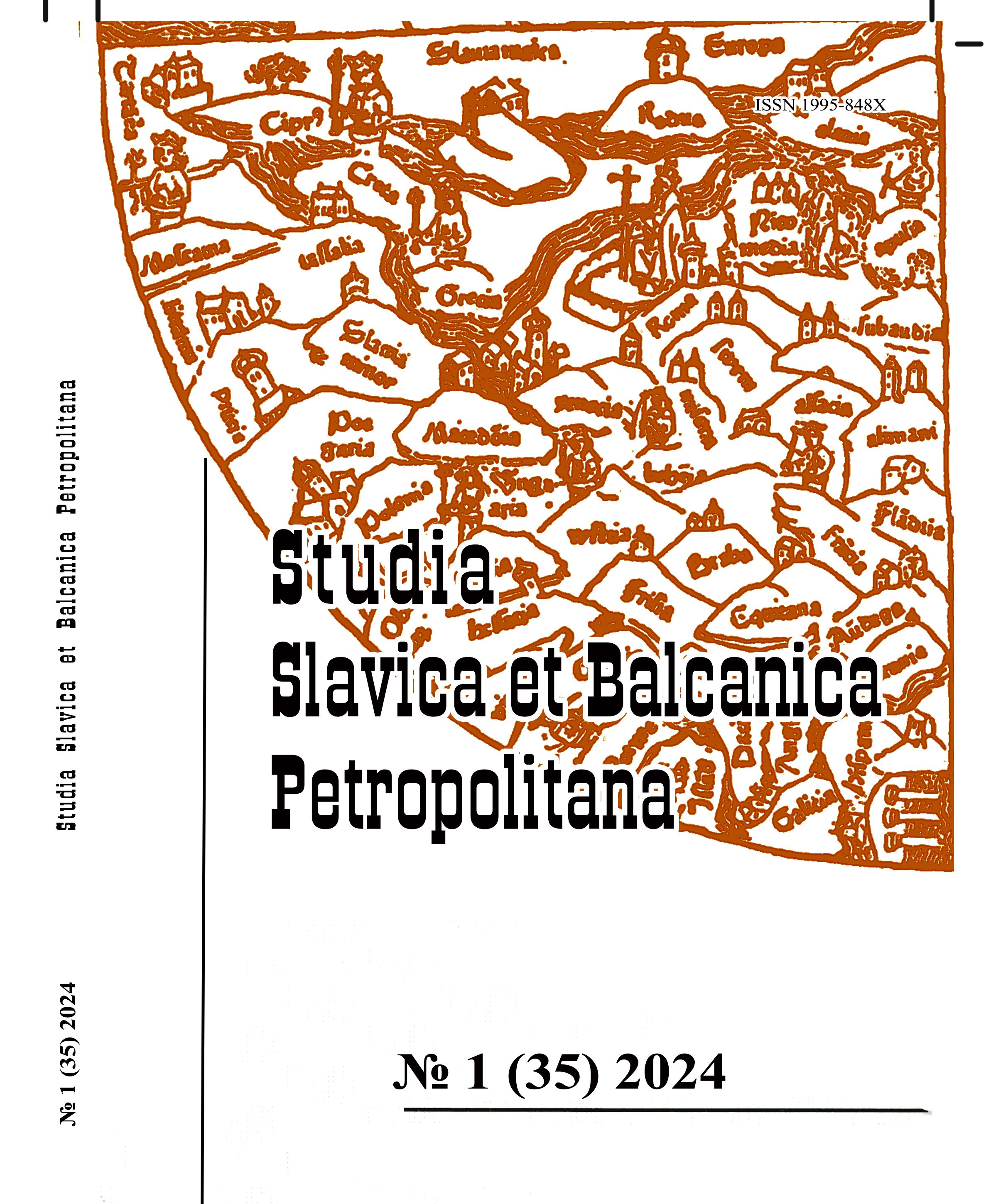К типологии чуда самосокрушения идолов (Об одном эпизоде из Хроники Иоанна Никиусского)
About typology of the miracle of Self destruction of idols (About one episode from the Chronicle of John of Nikiu)
Author(s): Vladimir Vladimirovich VasilikSubject(s): Christian Theology and Religion, Cultural history, History of Religion
Published by: Издательство Исторического факультета СПбГУ
Keywords: Martyrdoms; lives of saints; the Chronicle; Ethiopia; Egypt; John of Nikiu; Theophilus; Athanasius of Alexandria; Spyridon of Cyprus; self-destruction of idols; Earthquakes; apocryphic Gospels;
Summary/Abstract: The subject of the article is the typology of the miracle of self-crushing of idols in the 79 chapter of the Chronicle of John of Nikiu, connected with the fall of statues of Apollo and Artemis at the entrance of small Theophilus, the future patriarch of Alexandria (+412) in the pagan temple in Memphis. Child Theophil has features both of Christ and those of Moses, because from one side idols fall and break at his visit of the temple, just as at the entrance of Christ into Egypt, from the other side Theophilus, like Moses has to escape from fury of Egyptian pagans. This story about self-crushing of statues of pagan gods has a number of parallels in Martyr Lives of St. Cornelius, the Centurion, St. George, St. Niceta the Goth. The scheme of falling of idols in these lives is rather similar: a martyr pretends, that he is ready to sacrifice before statues of pagan gods, then he is introduced to a temple, he prays and then idols fall. These storiesmay be based on real cases of destruction of idols by martyrs themselves or those of destruction during earthquakes. But these Martyr Lives lack some important details for narration in the 79 chapter of the Chronicle of John of Nikiu. The Gospel of Childhood of Christ, concretely — the story about the arrival of the Holy Family in Egypt and fall of idols, has an immediate link with the plot from the Chronicle of John of Nikiu, which also is connected with so called Tale of Aphrodysianus. This tale says, that voices from statues of pagan gods in the Persian kingdom were speaking about Nativity of Christ during His birth and after the after the appearance of a star all the idols fall, but one statue, called “The Source”, which becomes a prototype of Virgin Mary. This tradition, maybe dated back to the II-III century, is reflected inthe kondakion “About the massacre of Bethlehem children” and also in the Acathist Hymn. Considering the context of the 79 chapter of the Chronicle of John of Nikiu and events of 391 in Alexandria — crushing of Serapium and massacre of Christians are similar to the flight of baby Christ in Egypt, crushing the idols there and massacre of Bethlehem babies. The real base for the story about Theophilus was so called miracle of St. Spyridon of Trimithuntos — the fall of statues in the result of earthquake, which happened in 320 A.D., in the year of the Anti-Arian Council in Alexandria, which can be visited by this glorified Cyprian bishop. The later tradition connected this event with the destruction of Serapeum. This miracle could be referred to small Theophilus, perhaps because 320 A.D. could be a year of his birth. The motive of self-destruction of idols presents also in the original Ethiopian literature, particularly in Kebra Nagast (Glory of Kings) in the story about coming of Menelik, a legendary son of Solomon in Egypt. As a whole this miracle symbolizes victory of Christianity over paganism and self-destruction of idolatry. Maybe this motive connected with vision of Daniel (destruction of a great idol by a wonderful stone — Daniel. 2.14).
Journal: Петербургские славянские и балканские исследования
- Issue Year: 2024
- Issue No: 1 (35)
- Page Range: 64-76
- Page Count: 13
- Language: Russian

